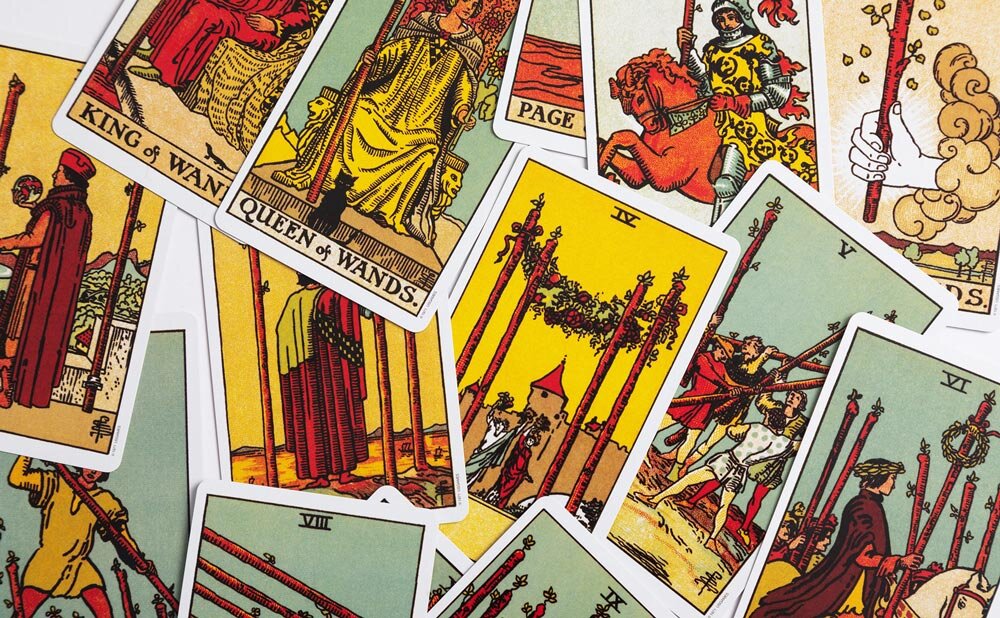History of Tarot Cards: The Mysterious Origins of Tarot
Tarot cards, where did they come from? Who created them? How did people start predicting the future with Tarot card readings in the first place? These are only some of the questions that come up when considering Tarot cards and Tarot card meanings, but what is the true history of Tarot?
The First Tarot Decks
Many people do not know this, but the original Tarot card deck only contained 22 cards in total. The other 56 cards were added later. It makes one wonder, why were they added? Were the original 22 cards not enough to interpret one’s past, present, and future?
The Mysterious Origins of the Tarot Card Deck
What we do know, is that the historical origin of Tarot was long ago, and it remains a mystery to this day in 2021 how Tarot cards exactly originated. Some reports claim that the Tarot deck was created in the 1430’s in Italy and was invented by adding a card to the original deck of playing cards. Today, the Tarot card deck consists of 78 cards which are divided into two groups, namely, the Major Arcana (22 cards) and the Minor Arcana (56 cards).
Ancient Egypt and Tarot Card Meanings
Another theory of the origin and history of Tarot cards is a belief held by many intellectuals across late 18th century Europe that there was a distinct link between Egyptian mysticism and Tarot card meanings. They believed that the writings and the religion of Ancient Egypt had the secrets of existence as we know it and that the images contained in the Tarot deck at the time reflected the symbolism of these secrets, rendering the Tarot cards meanings more credible.
Cartomancy and Tarot Reading
One of these European intellectuals who believed in Egypt’s insight into our existence was Jean-Baptiste Alliette, who went by the pseudonym Etteilla, literally a reversal of his surname. He was an occultist from France and was said to have been the first person to make a living by Tarot card readings and interpreting playing card meanings, also known as cartomancy. He only lived until the age of 53, dying on 12 December 1791, but was able to write and publish a book about cartomancy meanings before he died.
Being the son of a grocer, Etteilla far exceeded his family’s expectations, publishing a book in 1770, long before Court de Gébelin’s theories on Tarot cards had ever appeared. He published a book titled Etteilla, or A Way to Entertain Oneself with a Pack of Cards (1770). This was the first known book to demonstrate how to practice cartomancy, by using a traditional deck of cards. The different suits related different information about the future. For example, Diamonds playing card meanings reflected relationships, whereas Clubs reflected money. Although he did not use the specific term "Tarot Cards"; Jean-Baptiste Alliette appears to have been the first person to monetize the Tarot card reading skill. (Learn more about playing card meanings and cartomancy here).
Tarot and the Test of Time
Although it all still remains a mystery, Tarot card readings and Tarot card decks are becoming more and more popular in helping us find our way in this abstract world. To some it’s a game, to others, a livelihood, but one thing is clear; no one can seem to stay away from Tarot cards and cartomancy.


